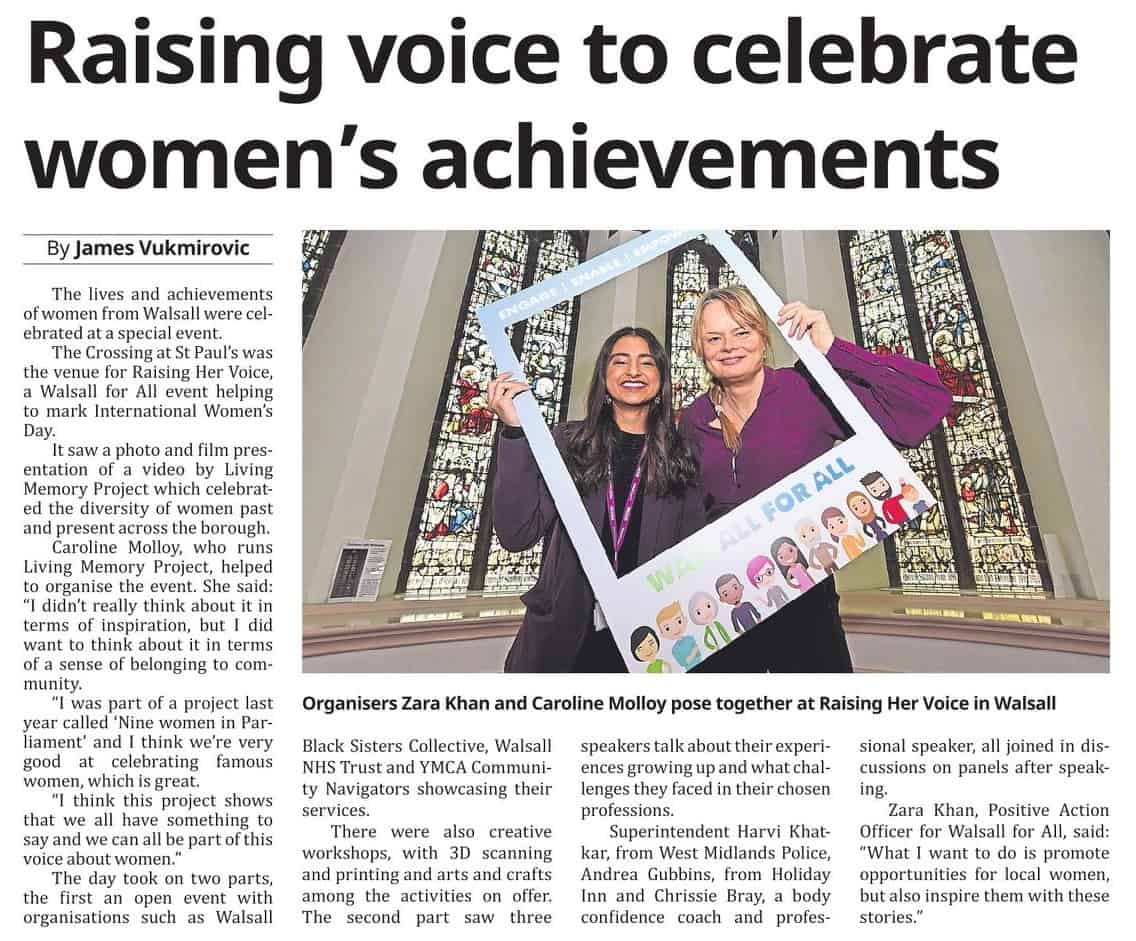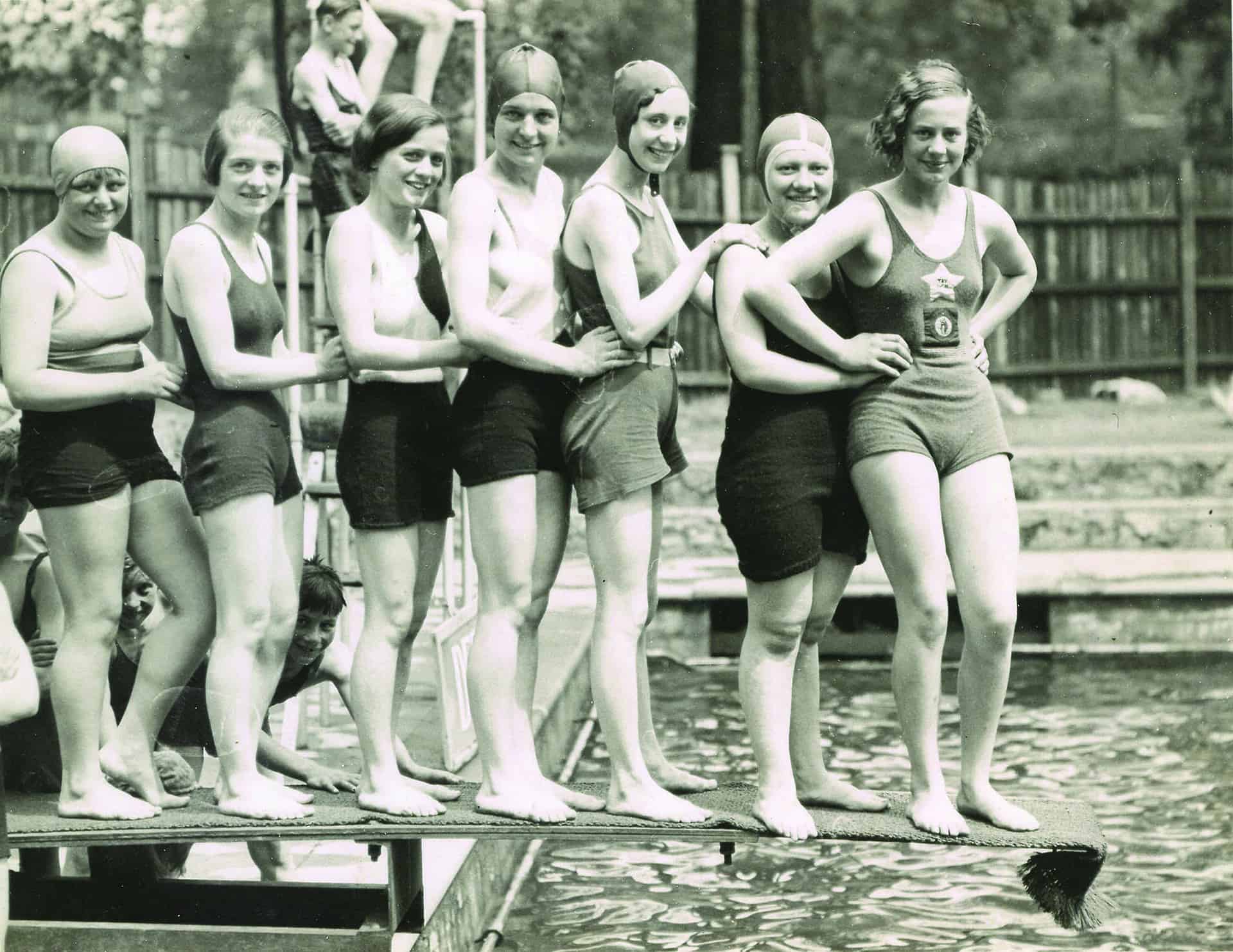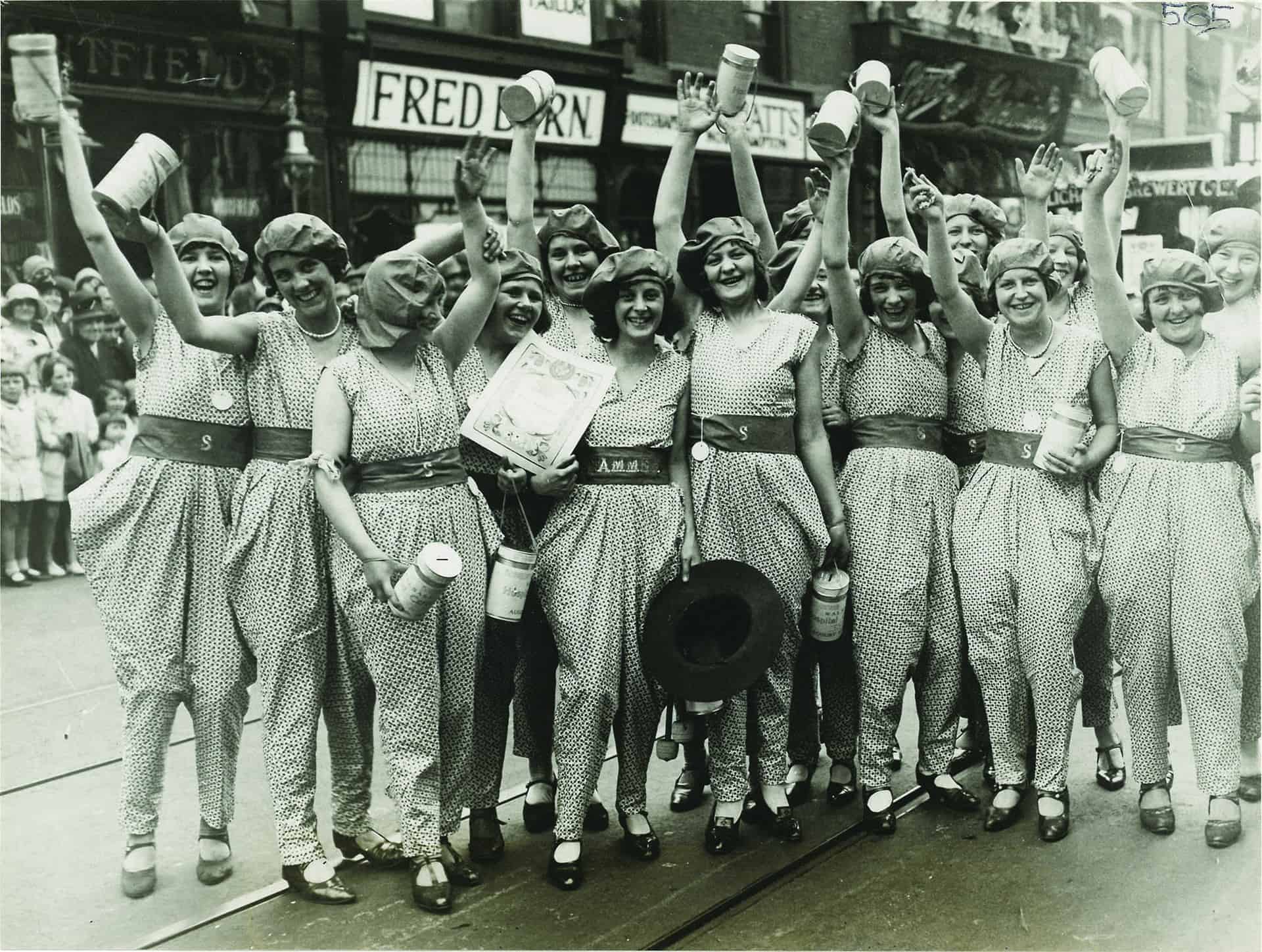Women of Walsall
This body of work aims to raise the visibility of women in the market town of Walsall. By this, I mean I am interested in bringing together and celebrating the collective community of women of Walsall. When I speak of community I am thinking about what Benedict AndersonAnderson1 refers to as an ‘imagined community’. He describes an ‘imagined community’, as a social construct of people who perceive themselves as part of a group with similar interests, or those who collectively identify with each other, despite the fact they may never meet face to face. Anderson uses this term as a way of defining ‘nation’, however it seems to apply equally to members of a localised community, who have self-defined notions of belonging.
The Women of Walsall project (WoW) includes women who live in Walsall, women who work in Walsall, women who study in Walsall, women who play in Walsall, women born and bred in Walsall and women who have migrated to Walsall, for any number of reasons. What these women have in common is a sense of belonging to Walsall.
This project aims to share the diversity of women in Walsall. To do this, over 120 portraits have been made of local women during the bursary residency in Walsall. This was facilitated in partnership with Walsall for All, a subsidiary of Walsall Council to access community groups across the city.
A pop-up photography studio was set up in several community spaces and in exchange for a family portrait, project participants agreed that their portrait could be used in the WoW project. Alongside, I took a deep dive into Walsall Archives to investigate how women are visualised within the Archive. This process has revealed photographs of women and labour, including machine girls (to use the archival reference), women stitching leather in the leather factory, glove makers, the local swimming team and historical figures such as Sister Dora, Ada Newman, the first female councillor and Olympic swimmer Edna Hughes, and Gertrude Creswell, the first female Mayor.
The project is conceived as a moving image presentation to be shown back in the community in an accessible public space. The portraits, alongside a selection of archival photographs, was presented at the Raising Her Voice International Women’s Day event 2020 at the Crossing, St Pauls, Walsall.
1) Anderson, B. (2006) Imagined Communities: reflections on the origin and spread of nationalism. 3rd edn. London. New York: Verso






